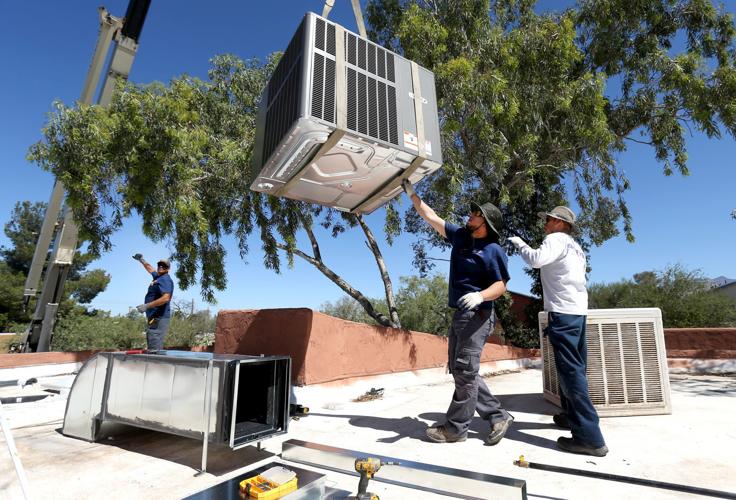A tight rental market in the Tucson area will likely lead to rising rents this year as more residents choose the flexibility of renting and few new projects are under development.
Right now the apartment occupancy rate is about 94 percent and concessions — free utilities or one month of free rent — are virtually nonexistent.
A new report prepared for the Pima County Real Estate Research Council shows that nearly 40 percent of households are rentals, a trend being seen nationwide.
And there have been no new complexes delivered so far this year.
Craig Johnson, of Valbridge Property Advisors, prepared the report for the council and noted that for complexes with 40 units or more, 50 percent were built in the 1980s and 24 percent in the 1970s.
These combined factors make Tucson’s multifamily market extremely appealing to investors who are buying older properties, fixing them up and increasing rents.
One recent purchase by a group of investors was Hazen Townhomes, made up of 426 units spread throughout 28 communities.
HZ One LLC, a Tucson-based venture led by Chris Kemmerly, Marcel Dabdoub and Ike Isaacson, paid $31.15 million for the rental units, which they plan to rebrand as San Xavier Casitas.
“It’s a unique product, with backyards and carports,” said Isaacson, who recently left a 20-year-career in commercial real estate to join the venture.
He said the townhouses were well-maintained and that upgrades include switching out swamp coolers with air-conditioning units.
“We see Tucson as a great place to invest, and we want to buy more properties,” Isaacson said.
HIGH DEMAND
Supply hasn’t kept up with demand as 23 complexes with only 3,874 units have come to market between 2010 and 2016.
Two projects with a total of 442 units are expected to open in early 2019.
These units are being absorbed quickly, Johnson said, while some proposed development is stalled.
Three projects in the downtown area are expected to break ground this year and deliver 466 units in 2019 or 2020.
“There are also three projects being proposed for development just to the north along Fourth Avenue that may or may not come to fruition,” Johnson wrote. “The downtown area is about to move into uncharted waters in terms of project size when these new projects are constructed.
“If Tucson’s experience is similar to other markets, these new Class A urban units will be in high demand by existing young and affluent renters as well as a new generation of renters that were formerly homeowners.”
While average monthly rents have risen from $909 to $1,051 over the past three years — an increase of 16 percent, Tucson remains affordable for renters.
The average tenant pays about 17 percent of their income toward rent.
“That could have potential for continued above-average increases over the next several years,” Johnson said. “Rent growth of 3 percent to 5 percent per year would not appear unrealistic over the next two to three years.”





